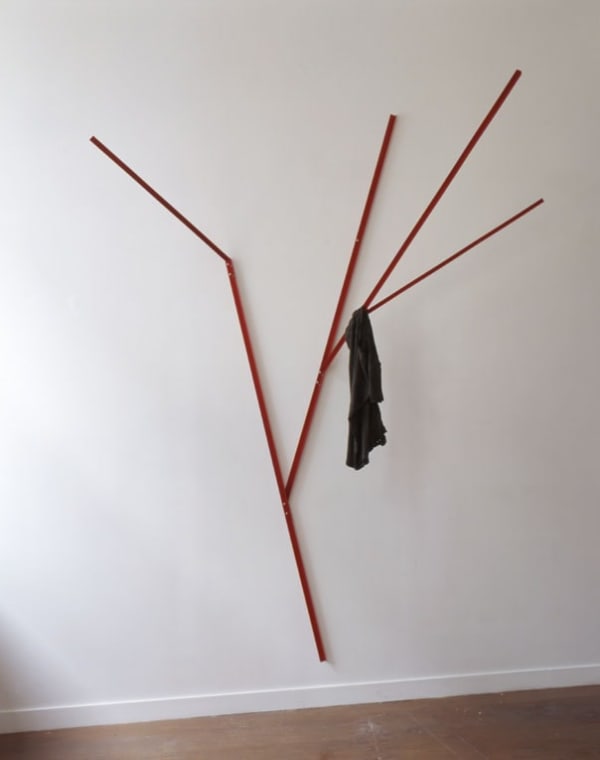"Start Kapital"
STANDARD (OSLO)
PRESS RELEASE
-----
"START KAPITAL"
14.04.-22.05.2005 Opening: 14.04.2005/ 19.00-22.00
Live Performance: Cory Arcangel - 22.05.2005/ 14.00
-----
STANDARD (OSLO) is pleased to announce the opening exhibition of its new gallery space in Hegdehaugsveien 3. "START KAPITAL" brings together contributions by seven artists, reflecting upon the initiation of the gallery and the conditions of commerce in late modern capitalism. Starting up a new gallery space, we found it natural to talk about the possible endpoint: bankruptcy.
After five years in prison and eight years of isolation in his attic, former bank director John Gabriel Borkman returns reduced to a ghost. Henrik Ibsen's play John Gabriel Borkman deals with the shame and withdrawal after an embezzlement leading to near bankruptcy. Borkman's constantly revisits facts in an attempt to prove himself innocent, but ends up distancing himself further from the world. Contemplating its own point of departure STANDARD (OSLO) starts by situating "START KAPITAL" back to an initial meeting with the space: that of a meager shop. This meeting not only took place within an empty interior, but also within one revealing traces of failed entrepreneurship. Hegdehaugsveien 3 - having formerly been a dairy, a fishmonger and a clothing shop - dates back to 1937 and is one of the most significant structures designed by the Norwegian architect Knut Knutsen (1903-1969). His particular mediation between the universal language of Modernist architecture and an adherence to local site is suggested through the idiosyncratic line of the façade, the rhythmic break up of lines and cogent addition of volumes - which provides the natural conditions for the gallery space.
Knutsen's balancing of the particular against the universal - as a deviance from the standard - finds an affinity to the works within "START KAPITAL", which equally measure claim (authority) and withdrawal (intimacy). Anselm Reyle is concerned with the processes of painting, as he is equally with the transformation to sculpture in his untitled painting. An encased, large-scale black canvas is encausted with a thin silver foil relief - originally material for emergency blankets. Michaela Meise's sculptural object evokes an interest in the minimal remains found in the interiors of closed down Berlin shops - sharing a sense of muteness with the still life drawings by Kim Hiorthøy. Hans-Peter Feldmann's Fensterputzerin counterbalances these drawings with references to the grid implicit to late Modernism, but lending rationalism with intimacy in the elegant voyeuristic study of a woman cleaning the windows. A similar juxtaposition of the poetic and late modern design rhetoric is laid out in Martin Boyce's We Have Become the Air Now, where a black T-shirt hangs on the limb of a bold red steel structure.
Boyce's allusions to the eerie still life of a shop window display recall Karl Marx' claim that: "At first glance, a commodity seems a commonplace sort of thing, one easily understood. Analysis shows, however, that it is a very queer thing indeed, full of metaphysical subtleties and theological whimsies". This confusion is made more extreme in Matias Faldbakken's work, a 16-page broadsheet newspaper, where the content and design is produced by the artist - willingly diffusing the border between objectivity and interpretation. Freely distributed, it fails in the act of 'transubstantiation' - what Marx defined as the process of transformation of commodity to money. Cory Arcangel and Frankie Martin update this category of non-productive exchange at the attempt of putting together a dating service in the video work "414-3-RAVE-95". By employing the early software of MacDraw, Arcangel and Martin exercise the futility of spectacle while quoting the pioneering tools of small-scale enterprises in design and desktop publishing.












